A mini excavator is a good choice for any type of project where you only have a room of 6-7 feet in your target area (not to mention the passage from a large front garden to a backyard) and you cannot use a fully-fledged device. Larger excavators are not necessary or practical for smaller sites. You can use a mini excavator for work that is easy and safe to operate with the right equipment, reducing the risk of injury or damage to the project and the environment.
If a project requires the installation of a structure such as a pool or hot tub, you need a convenient and effective method to remove the dirt. Mini-excavators are more efficient and safer than hand-operated tools and can accommodate smaller structures. Due to their compact size, they can easily maneuver through gates and narrow spaces on site. Using a machine to do difficult tasks or move heavy material gives construction workers and workers more time to work on the project, but mini-excavators do not help everyone.
While a mini-excavator is unlikely to be used to demolish an entire building, many construction projects require the demolition of smaller structures such as sheds and other outbuildings. Small excavators are lightweight machines that leave a small footprint on the work surface, reducing the risk of damage to external structures.
They are perfect for projects where you don’t need a standard-size excavator, but machines that can help you get the job done faster than you could with existing work. Mini excavators can be used for a wide range of projects and work with a range of different attachments. While mini-excavators that are rented are typically used for small to medium projects, they can also work with large excavators on larger construction sites where more precision and accessibility are required.
In construction projects, they are often used for utilities and repairs such as water pipes, electrics, sewerage and pool facilities. Medium and midi excavators represent the largest share of excavators used in a wide range of industries. They are used for utilities, landscaping, road and bridge construction and building construction.
They have found a niche in the DIY store for small trenching and dredging work, but also for work that requires maneuvering in confined spaces. Small excavators, also known as compact excavators due to their small size, are among the most versatile types of excavators. Companies use it for subdivision and sewer repairs, foundation repairs, civil works and water pipe installations.
Small excavators, due to their versatility and ability to provide multiple services with attachments, can help with a number of tasks in a project. Mini excavators are used to excavate trenches, backfill trenches, compact trenches and additional attachments. There are a few different types of excavators of this size that are offered in a standard version with a minimum radius of zero, which offers many mobility benefits, as well as compact excavators that deliver performance similar to larger models.
Remove tree stumps with an excavator and shovel, pull up roots and place barriers and path markings with the thumbnail. You will also need a rake attachment for digging and sorting as well as a bucket to use the above functions to remove vegetation and debris for sorting and compacting. With your grading and digging bucket, the excavator can be used for filling and grading.
Compact excavators are often used in construction projects, so you may be thinking of renting one for your next project. They facilitate the handling of all types of projects, whether house, garden or construction site. While compact excavators can make your work safer, you need to understand how they are used and what kind of work they are ideal for.
Thanks to its compact design, easy control with two joysticks and versatile operation, mini excavators can be used for various tasks. Whether you’re installing a new pool, digging a supply ditch or adding a brand new landscape design to your front yard, a mini-excavator is a heavy-duty construction tool that can do it all. To learn more about the differences between Minis and other types of excavators, read our detailed guide on the 7 types of excavators.
There are many different tasks that a CAT device can accomplish, and in particular, you all have a mini excavator that is ideal for projects that require excavation or demolition of any kind. There are two basic attachment types that can be used on a compact excavator: those used for digging and those used for demolition. In addition to the most popular excavator attachments, the most important part of the rental compact excavators is the mini excavator model, designed for different projects with different attachments to perform more than one task.
Compact excavators have a wealth of attachment options that can be combined with the standard bucket and bucket to increase their utility. Depending on your needs, you can choose from a wide range of sizes and models, from the compact 0.8 ton excavator with trailer to the 8.0 ton mini excavator which can dig up to 4 meters deep. Other popular attachments for excavators include augers, bucket compressors, plate compaction and wheel rippers.
With a compact excavator you sit in the cab and use controls to move the excavator and its arms, control attachments and complete the project. From the cab, the mini excavator moves over two levels: Pull the left joystick to maneuver it to the right and pull the right lever to move it back to the left. Various controls guide the fastening of stationary components to arms, cab and swivel arm.
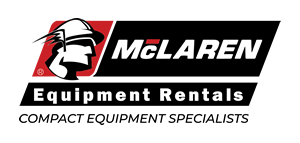
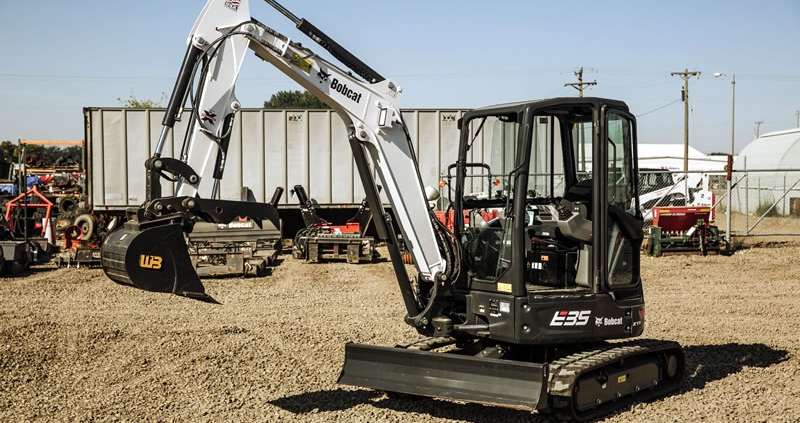
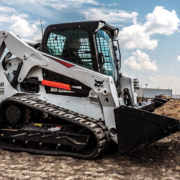
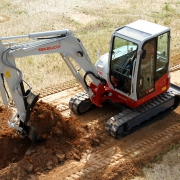 MacLaren Equipment Rentals
MacLaren Equipment Rentals 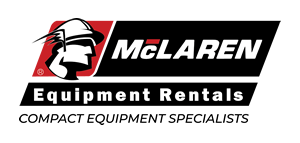

Leave a Reply
Want to join the discussion?Feel free to contribute!